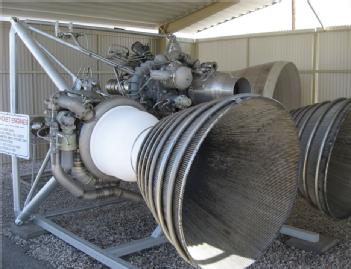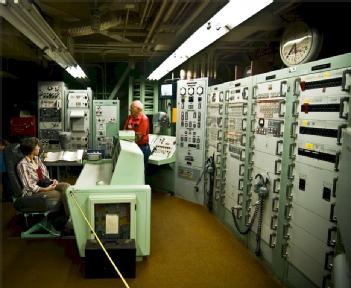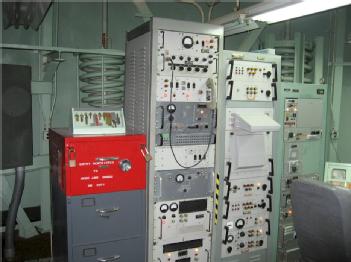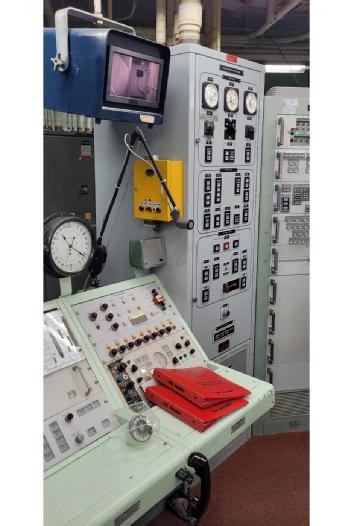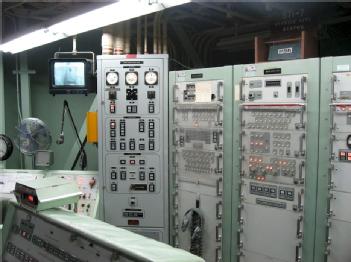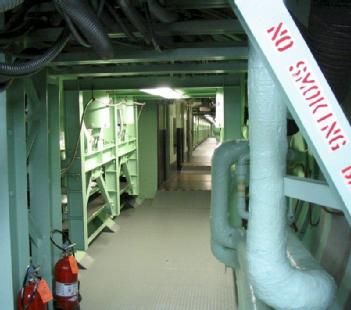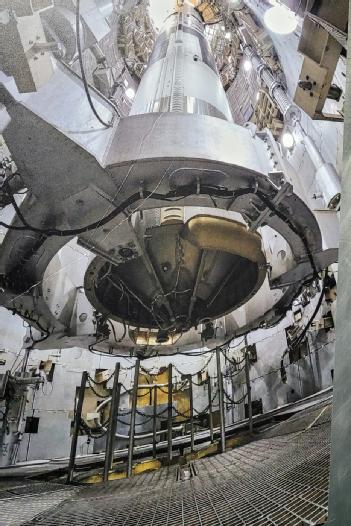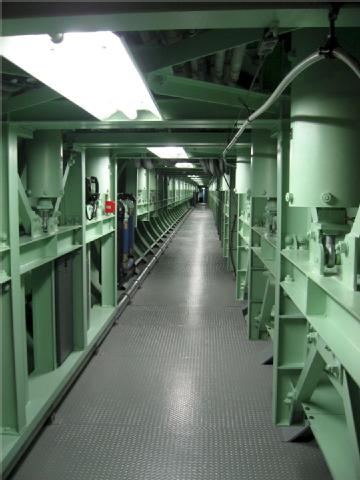
Titan Missile Museum |
85614 Green Valley, AZ, United States of America (USA) (Arizona) |
|
| Address |
1580 West Duval Mine Road
|
| Floor area | unfortunately not known yet |
Arms
- Automation Control Systems
- Combustion engines/generators/pumps
- Historic Engineering Landmarks
|
Opening times
|
October - May, daily: 9:45am - 5pm June - September: Thursday - Monday: 9:45am - 5pm see Museum's website for holiday exceptions. Underground Silo Tour – Online Reservations Required |
||||
|
Status from 09/2025
|
Adults: (13-64): $19.50: Seniors: $16.75; Juniors (5-12): $15.00 | ||||
| Contact |
|
||||
| Homepage | www.titanmissilemuseum.org | ||||
| Location / Directions |
The Titan Missile Museum is located about 40 km (25 mi) south of Tucson, Arizona in the United States. From Tucson, take I-19 south toward Green Valley and Nogales. Exit I-19 at Duval Mine Road (exit 69). Turn west (right) on Duval Mine Road. Follow the signs to the Titan Missile National Historic Landmark. The entrance to the museum is on the north (right) side of the road approximately 1/10th mile past the intersection of La Canada and Duval Mine Road. |
| Description | Text from Wikipedia 11/2023: The underground facilities consist of a three-level Launch Control Center, the eight level silo containing the missile and its related equipment, and the connecting structures of cableways (access tunnels), blast locks, and the access portal and equipment elevator. The complex was built of steel reinforced concrete with walls as much as 8-foot-thick (2.4 m) in some areas, and a number of 3-ton blast doors sealed the various areas from the surface and each other. The top level of the silo permits viewing the silo missile doors. Level 3 houses a large diesel generator. Level 7 provides access to the lowest part of the launch duct. Visitors on the "Beyond the Blast Doors" tour are allowed to stand directly underneath the missile. Level 8, at 140 ft (43 m) underground, houses the propellant pumps Titan II missile The 103-foot (31 m) Titan II missile inside the silo has neither warhead nor fuel, allowing it to be safely displayed to visitors. In accordance with a US/USSR agreement, the silo doors are permanently blocked from opening more than half way. Yield and warhead A visitor center for the site features a gift shop, a small museum and guided tours of the site. The museum is intended to put the Titan II within the context of the Cold War. Paid tours are available for hire, offering education about the history of the Titan II site and program, as well as a closer look at many features of the complex. Relics include hardstands for fuel storage containers and the associated control vehicles, restored engines from a Titan II missile, and a re-entry vehicle. Tours below ground may include the control room, the cableways (tunnels), the silo, antenna tower and more. More information can be found and reservations may be made via the museum website. Several times each month, a more extensive "top to bottom" tour is available. This tour takes up to 5 hours and accommodates a maximum of six people. Prior reservations required. The top-to-bottom tour is not handicapped accessible. Several scenes in the 1996 film Star Trek: First Contact were shot at the site. The missile itself was depicted as the launch vehicle for the film's Phoenix spacecraft, the first warp prototype. |
[dsp_museum_detail.cfm]
| Data Compliance | More Information |
 titanmissilemuseum.org
titanmissilemuseum.org 
